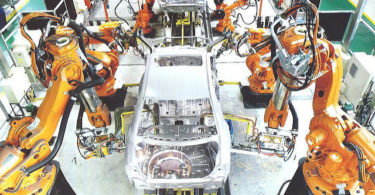GE Aviation in partnership with Aerion has announced that they have completed the design for the first supersonic engine that will be built for business jets. They have named it GE’s Affinity that has the right technology for a supersonic flight.
Affinity is a new engine which will be launched by GE and will have an exceptional performance for subsonic and supersonic flights. It is a unique blend of commercial reliability, advanced business jet engine technology, and military supersonic expertise.
Some of its specific features include a twin-fan turbofan, twin-shaft that is controlled by Full Authority Digital Engine Control (FADEC), which ensures complete reliability. Its advanced twin fans have the highest bypass ratio for any given supersonic jet engine.

It also has a special non-augmented supersonic exhaust system. Its durable combustor ensures high-speed operation while the use of advanced acoustic technology will enable the engine to exceed the regulatory requirements.
The Future of Mobility with Supersonic Jets
GE has successfully evaded all environmental concerns of the high fuel consumption of supersonic flights. According to the latest statement released by Tom Vice, Aerion CEO, the emissions of the new supersonic aircraft would be 20%-50% less as compared to the current aircraft standards.
The supersonic plane is designed with a view to having a range of at least 4,200 nautical miles at Mach 1.4. Aerion plans to launch its first supersonic business jet AS2 that can take its first flight in the year 2023.
The expected price of the aircraft is $120 million which is twice as expensive as the most overpriced business jet. The expected sale of this aircraft is 300 over a period of ten years, and they aim to sell 500 aircraft in total.
Full story at Interesting Engineering
This Tiny Device Could Power Everything by 2020
Thanks to a little-known bill Congress passed on March 1 called the DIGIT Act, one tiny device is making headlines around the world. This bill ensures that this technological breakthrough breaks through…
And it all centers on a small device that’s just a hundredth of an inch in size. Details






